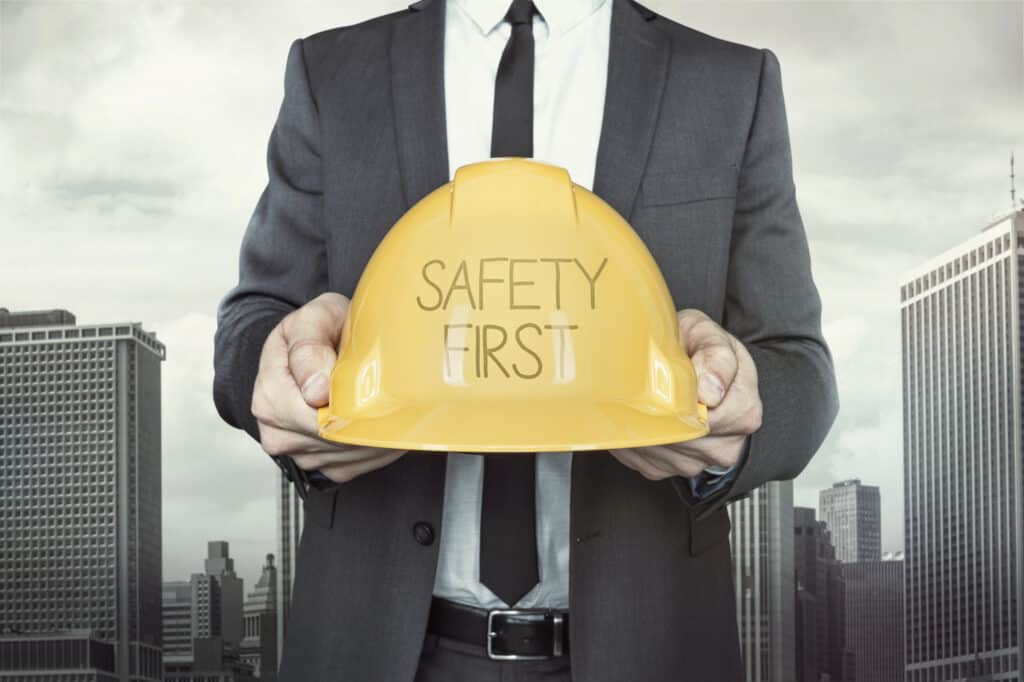Workplace Safety 101: How to Protect Your Team and Boost Productivity
Ensuring workplace safety is not just a legal obligation but a fundamental aspect of running a successful business. A safe work environment protects your employees from accidents and illnesses while boosting morale and productivity. Here’s a comprehensive guide on how to safeguard your team and enhance efficiency.
1. Understand the Importance of Workplace Safety
Workplace safety is crucial for several reasons:
- Employee Well-being: Protects employees from injuries and health hazards.
- Productivity Boost: Reduces downtime caused by accidents and illnesses.
- Legal Compliance: Ensures adherence to health and safety regulations, avoiding fines and legal issues.
- Reputation Enhancement: Builds trust with clients and employees, enhancing your company’s image.
By prioritising safety, you create a positive work culture that values each team member’s contributions.
2. Conduct Comprehensive Risk Assessments
Regular risk assessments help identify potential hazards before they cause harm. Steps include:
- Identify Hazards: Examine every aspect of your operations for potential risks.
- Evaluate Risks: Determine the likelihood and severity of each hazard.
- Implement Control Measures: Introduce procedures and equipment to mitigate risks.
- Record Findings: Document all hazards and actions taken.
- Review Regularly: Update assessments periodically or when changes occur in the workplace.
3. Provide Effective Training and Education
Training equips employees with the knowledge to perform their duties safely. Key areas to cover are:
- Safety Inductions: Introduce new staff to safety protocols from day one.
- Equipment Use: Teach proper handling and operation of machinery and tools.
- Emergency Procedures: Ensure everyone knows evacuation routes and emergency contacts.
- First Aid: Offer basic first aid training to handle minor incidents promptly.
Regular refresher courses keep safety knowledge current and top of mind.
4. Foster Open Communication
Encourage a culture where employees feel comfortable reporting hazards or near misses. Strategies include:
- Anonymous Reporting Systems: Allow staff to report concerns without fear.
- Regular Meetings: Discuss safety topics in team meetings.
- Feedback Mechanisms: Act on suggestions and provide updates on safety improvements.
Open dialogue helps identify issues early and demonstrates your commitment to safety.
5. Implement Clear Safety Policies and Procedures
Develop and enforce policies that outline safety expectations. Essential components are:
- Personal Protective Equipment (PPE): Define when and how PPE should be used.
- Safe Work Practices: Establish protocols for high-risk tasks.
- Incident Reporting: Create a clear process for reporting and investigating accidents.
Make these documents accessible and ensure all employees understand them.
6. Maintain a Clean and Organised Workplace
Good housekeeping reduces hazards and improves efficiency. Tips include:
- Regular Cleaning: Keep floors and surfaces free from spills and obstructions.
- Proper Storage: Store materials securely to prevent falls or leaks.
- Waste Management: Dispose of waste promptly to prevent clutter.
An organised environment minimises risks and enhances workflow.
7. Invest in Ergonomic Solutions
Ergonomics focuses on designing workstations that minimise strain and injury. Consider:
- Adjustable Furniture: Provide chairs and desks that cater to individual needs.
- Equipment Positioning: Arrange tools and monitors to reduce awkward postures.
- Break Schedules: Encourage regular breaks to prevent fatigue.
Ergonomic improvements can lead to happier, healthier, and more productive employees.
8. Stay Updated with Legal Requirements
Compliance with health and safety laws is non-negotiable. Actions to take:
- Understand Regulations: Stay informed about laws relevant to your industry.
- Engage Experts: Consult with safety professionals or legal advisors.
- Document Compliance: Keep records of training, inspections, and incident reports.
Adherence to regulations protects your business from legal repercussions and demonstrates professionalism.
Conclusion
Prioritising workplace safety is an investment in your team’s welfare and your company’s success. By implementing these foundational steps, you not only protect your employees but also create a productive environment that propels your business forward. Remember, a safe team is a productive team, and workplace safety is everyone’s responsibility.

